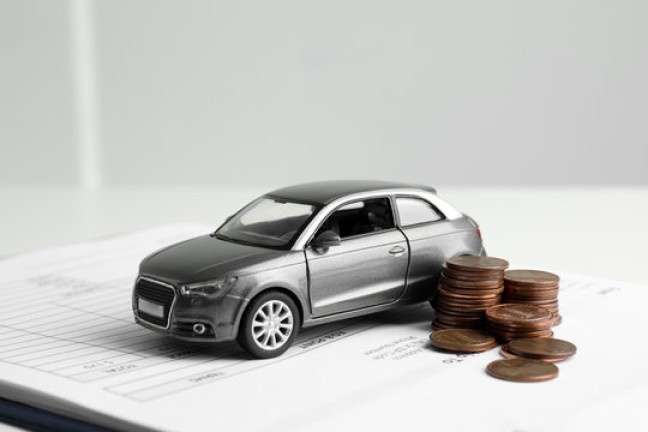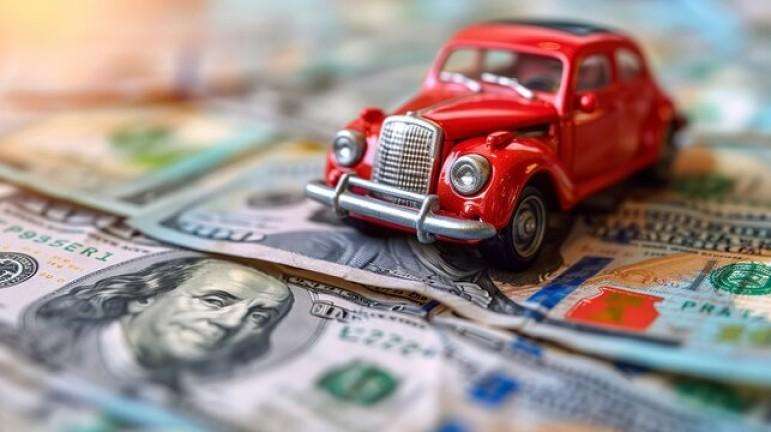When it comes to acquiring a car, there are two primary methods: leasing or financing. Both options come with their own set of advantages and drawbacks, and the best choice depends on your personal preferences, financial situation, and long-term goals. I’ve spent a lot of time comparing these two options, and in this article, I’m going to break down the key differences, share some real-world examples, and help you decide which one is better for you.
Table of Contents
The Basics of Leasing a Car
Leasing a car essentially means renting it for a fixed period, typically between 24 and 36 months. At the end of the lease term, you return the car and have the option to lease a new model or walk away. Unlike financing, leasing doesn’t mean you own the vehicle at the end of the term, and you’re usually bound by specific mileage limits and the condition of the car.
Let me give you an example. Suppose you lease a car for $350 per month for 36 months, with an upfront payment of $2,000. At the end of the lease, you return the car to the dealer. You don’t have to worry about selling it or its resale value—you’re simply done.
The Basics of Financing a Car
On the other hand, when you finance a car, you’re taking out a loan to purchase the car, usually through a bank, credit union, or dealership. You then pay back that loan over a set term—often 36 to 72 months—with monthly payments. Once the loan is paid off, you own the car outright. Financing offers more flexibility since you can drive the car as long as you want and modify it as you see fit.
Let’s take another example. If you decide to buy the same $25,000 car, and you finance it at a 4% interest rate for 60 months, your monthly payment might be around $460, depending on the down payment. After 60 months, the car is yours to keep, sell, or trade in.
Cost Comparison: Leasing vs. Financing
The first thing most people consider when choosing between leasing and financing is the cost. Here’s a quick breakdown of the major financial elements to compare:
| Factor | Leasing | Financing |
|---|---|---|
| Monthly Payment | Typically lower | Typically higher |
| Down Payment | Often lower or none | Usually higher |
| Ownership | No ownership, return the car at the end | Full ownership after the loan is paid off |
| Mileage Limits | 10,000-15,000 miles per year | No limits |
| Wear and Tear | Must maintain good condition | No restrictions on condition |
| Maintenance Costs | Often covered by warranty | Paid by the owner after the warranty ends |
| End of Term Options | Lease another car, or walk away | Keep the car, trade in, or sell it |
Leasing tends to have lower monthly payments than financing because you’re only paying for the car’s depreciation during the lease term. In contrast, when you finance a car, your payments contribute toward the entire purchase price, plus interest.
That being said, while leasing is less expensive on a monthly basis, you’ll end up paying more over time if you keep leasing cars every few years. Financing, on the other hand, might feel more expensive upfront, but after you’ve paid off the car, you no longer have any monthly payments.
Depreciation and Resale Value
A key benefit of leasing a car is that you don’t have to worry about the car’s depreciation or its resale value. When you finance a car, you’re buying the vehicle with the expectation that it will hold value over time. However, cars lose value quickly. The average car depreciates by about 20% to 30% within the first three years. When you buy, you’re at risk of that depreciation hitting you hard when you go to sell it.
Here’s where leasing shines. Since you’re returning the car at the end of the lease, the depreciation isn’t your problem. The leasing company absorbs that loss. Let’s say you lease a car that cost $30,000, and the car is worth $18,000 at the end of the lease. You paid $12,000 in lease payments, and the leasing company absorbs the depreciation difference.
Flexibility and Long-Term Benefits
Leasing a car has the benefit of flexibility. If you’re someone who enjoys having a new car every few years or doesn’t want to deal with the hassle of selling an old car, leasing can be the right choice for you. With leasing, you also get a brand-new vehicle with the latest technology, warranties, and features without committing to a long-term investment.
However, when it comes to financing, you’ll own the car at the end of the loan term. This is where the real long-term benefit comes in. Once you’ve paid off the loan, you can drive the car as long as you want without worrying about monthly payments. If you drive your car for several more years after it’s paid off, you’ll get more value out of it than if you were constantly leasing new cars.
Additionally, with financing, you have the option to sell or trade in the car whenever you like. You’re not bound by a contract like you are with leasing.
Mileage and Usage Restrictions
Leasing typically comes with mileage limits, usually 10,000 to 15,000 miles per year. If you go over the limit, you’ll incur additional charges, typically around 15-25 cents per mile. This can add up quickly if you drive a lot.
If you’re someone who commutes long distances or likes to take road trips, this can be a significant downside to leasing. With financing, however, there are no mileage limits. You can drive as much as you want without incurring penalties.
Let’s put this into perspective. Suppose you lease a car with a 12,000-mile per year limit and end up driving 15,000 miles per year. Over a three-year lease, you’ll have driven 9,000 more miles than the limit, leading to an extra cost of $2,250 (9,000 miles x 25 cents per mile). That’s something to consider if you drive frequently.
Maintenance and Warranty Coverage
With a lease, you often benefit from the car’s warranty coverage, which typically lasts for the duration of the lease term. Since the car is brand new, you won’t have to worry about significant repair costs.
On the other hand, when you finance a car, you’re responsible for any repairs after the warranty expires. While some cars have longer warranties, this can still be a concern as your car ages. Additionally, you may need to pay for regular maintenance, which can add up over time. However, this is balanced out by the fact that once the car is paid off, you have no more monthly payments, so you might be able to allocate those funds to repairs and maintenance.
Final Decision: Leasing vs. Financing
The decision to lease or finance depends on your priorities. Here are some things to consider when making your choice:
- Lower Monthly Payments: Leasing generally has lower monthly payments than financing. If you’re looking to drive a new car without breaking the bank, leasing may be the better option.
- Ownership: If you want to own your car outright and drive it for many years, financing is the way to go. Once you finish paying off the loan, the car is yours to keep or sell.
- Long-Term Financial Commitment: Financing may be more expensive in the short term, but it can be cheaper in the long run, especially if you keep the car after it’s paid off. Leasing can be more expensive in the long run if you keep leasing new cars every few years.
- Mileage and Usage: If you drive a lot, financing might be better because you won’t be penalized for high mileage. Leasing is more restrictive, but if you don’t drive much, it might not be an issue.
- Maintenance: Leasing often includes warranty coverage, so you won’t have to worry about significant repair costs. Financing means you’ll be responsible for maintenance once the warranty expires.
Ultimately, the choice comes down to what fits best with your lifestyle and financial goals. If you enjoy the idea of having a new car every few years and don’t mind returning it at the end of the term, leasing could be your ideal option. If you want to own your vehicle and keep it for the long term, financing may be the more suitable choice.





